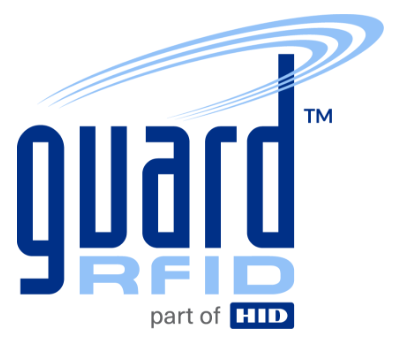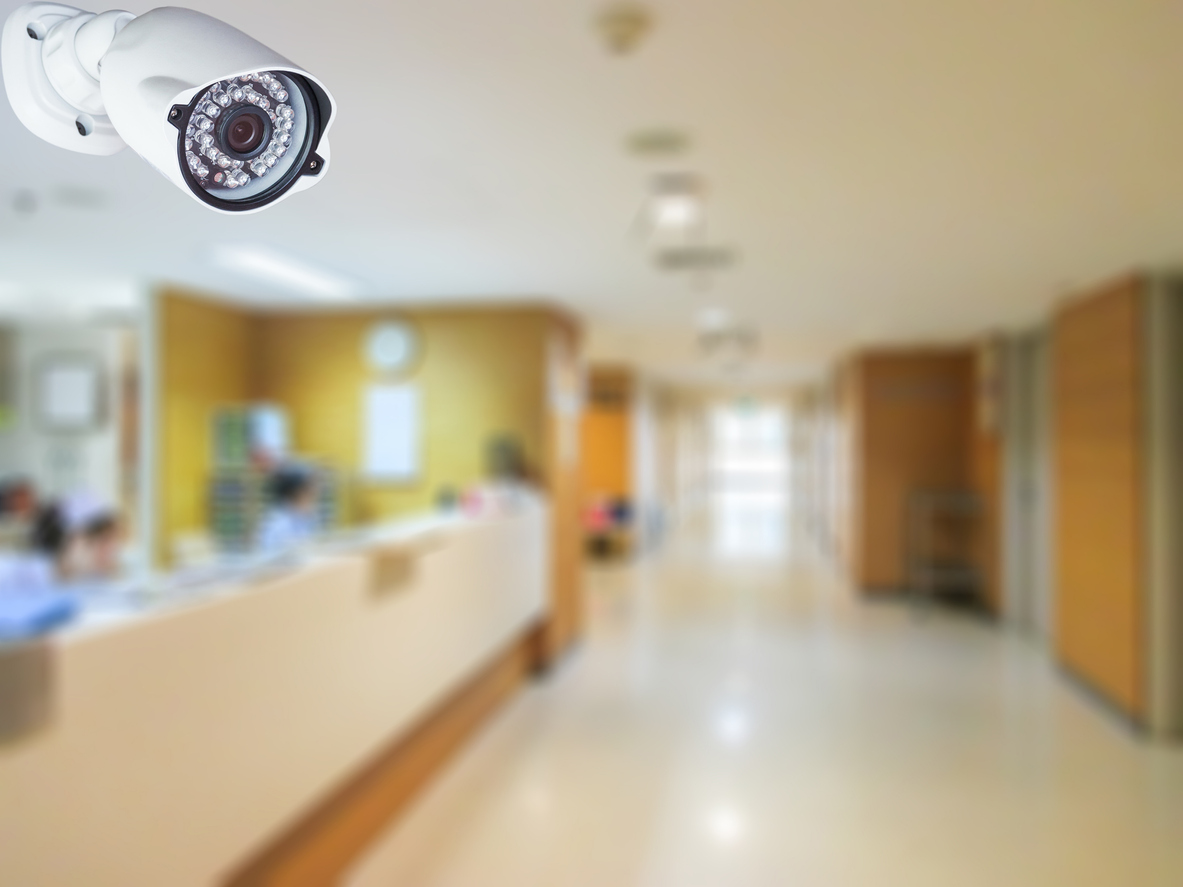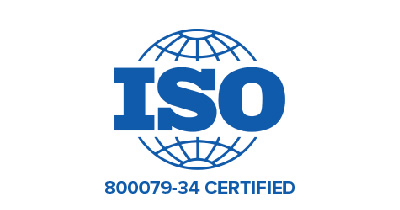High stress and elevated workloads in healthcare are causing burnout in nurses. When workloads increase—as they have done in many hospitals during the pandemic—so does workplace violence. In one U.S. hospital system, the annual cost of treatment and indemnity for the 2.1% of nurses reporting injuries due to workplace violence was $94K. In Canada, the overburdened healthcare system loses an estimated 16 million nursing hours annually to injury and illness. To preserve their own well-being and safety, many nurses are choosing to leave the profession.
Keeping nurses protected and secure from workplace violence is important to nurses, the patients they care for, and the healthcare system. Efforts need to be made to improve the healthcare work environment to prevent lost hours due to injury and high levels of stress.
Factors that contribute to an increase in verbal abuse or physical attack include a shortage of personnel and equipment, communication breakdowns, and a lack of information. However, there are technology solutions that can minimize the impact of these negative factors on the safety and well-being of nurses.
Protecting nurses from workplace violence
Wearable communication and alarm technologies help reduce violent incidents in hospitals and other healthcare settings. By pressing a panic button or issuing voice commands, nurses can call for immediate assistance, or covertly request help in situations where the threat of violence is escalating, without alerting the perpetrator.
The GuardRFID® solution is a real-time locating system (RTLS) that offers greater visibility of patients and staff. Nurses and patients wear active RFID tags to monitor their location in the hospital or healthcare setting. If a nurse experiences duress and a safety threat, they can push a button on the tag to instantly request help. The tag communicates the location of the user to GuardRFID infrastructure hardware. The hardware then passes on the information to AllGuard software which interprets and shows the user on a map interface. This allows staff to quickly and accurately locate the nurse, and send immediate assistance.
Seamless integration with the Vocera platform
GuardRFID integrates with Vocera, a leading platform for clinical communication and workflow. While the Vocera Platform connects the people and information needed to deliver patient care, the GuardRFID RTLS system integrates with the platform to offer a localized, RTLS system within the framework of the entire nurse-call system. The integration allows location data to be transmitted along with the nurse call. Having the capability to accurately locate staff and patients in real time increases their security in the workplace.
Increasing security where it’s needed most
A higher incidence of workplace violence occurs in emergency services, geriatric units, waiting rooms and in psychiatric departments. The GuardRFID RTLS solution can be added on to localized, high-risk units, instead of an entire facility’s nurse-call system. Having the ability to monitor one floor, section or unit offers a more affordable solution, and greater security where it is needed within the framework of the entire nurse call system.
Efficient and secure information delivery
One of the benefits of pairing the GuardRFID RTLS system with Vocera is that it reduces alarm fatigue through filtering and prioritization. The way it works is that AllGuard software is configured to use the same alarm locations that are set up in the Vocera system. Then, whenever an alarm is triggered within the AllGuard system, a message is sent using the secure HL7 (Health Level Seven) protocol to the Vocera system.
For example, in a health care setting where each patient is wearing an active RFID tag, the integration is used to relay any exit alarms from the AllGuard system to the Vocera platform. Vocera badges send a text message saying, “Exit Alert” and the location name, as well as an audible alert. The Vocera platform filters each message by priority, and, through intelligent routing, the appropriate staff is informed of the alarm. High-urgency alerts are immediately directed to Vocera badges worn by nurses so that important and time-critical issues can be quickly resolved.
Using the standard in alarm representation
AllGuard software uses the IHE PCD ACM (Integrating the Healthcare Enterprise / Patient Care Device / Alarm Communication Management) standard in the integration to communicate location-based information and alarms to the Vocera platform.
Conforming to this standard ensures interoperability between platforms, and that common alarm conditions in HL7 messages are represented in a uniform manner. GuardRFID has provided an integration to Vocera since 2019, to offer nurses and patients a rapid emergency communication response when their safety and security is at risk.



